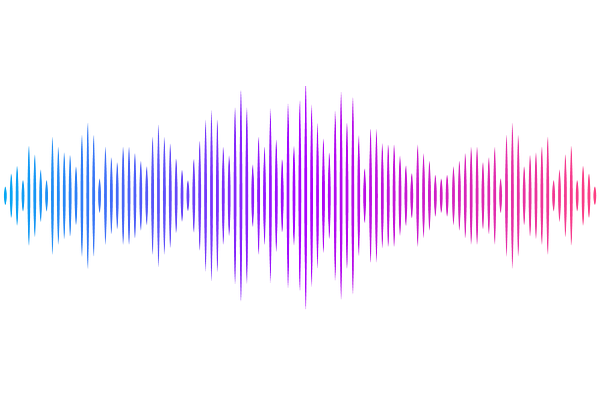Dibutyryl cyclic AMP downregulates tenascin-C in neurons and astrocytes and reduces AAV-mediated gene expression in DRG neurons

Dibutyryl cyclic AMP downregulates tenascin-C in neurons and astrocytes and reduces AAV-mediated gene expression in DRG neurons
Stepankova, K.; Cimpean, A.; Smejkalova, B.; Holota, R.; Bachanova, L.; Cerny, J.; Sprincl, V.; Marekova, D.; van den Herik, J.; de Winter, F.; Jendelova, P.; Urdzikova, L. M.
AbstractFunctional recovery after spinal cord injury (SCI) is hindered by the limited ability of axons to regenerate in the adult mammalian central nervous system (CNS). Overcoming this barrier is critical for achieving effective recovery. Axonal regeneration depends on the activation of intracellular processes like transcription factor induction, protein and lipid trafficking, and cytoskeletal remodelling. Targeting these pathways offers a promising approach for promoting neuronal repair. This study examined the combined therapeutic effects of dibutyryl-cAMP (db-cAMP), which primes neurons for growth, and integrin 9 overexpression, which supports axonal extension. Using in vitro models with dorsal root ganglion (DRG) neurons and astrocytes, as well as an in vivo SCI model, we evaluated the potential of this approach. In vitro, the combination of db-cAMP and integrin 9 significantly enhanced neuronal growth. However, in vivo results were less consistent, with db-cAMP affecting AAV-mediated transcription and the expression of tenascin C (TnC) in neurons and astrocytes. These findings highlight the potential of modulating intracellular signalling and integrin activation but underscore the challenges posed by the complexity of the in vivo environment. Further studies are necessary to unravel these mechanisms and refine therapeutic strategies for effective SCI recovery.